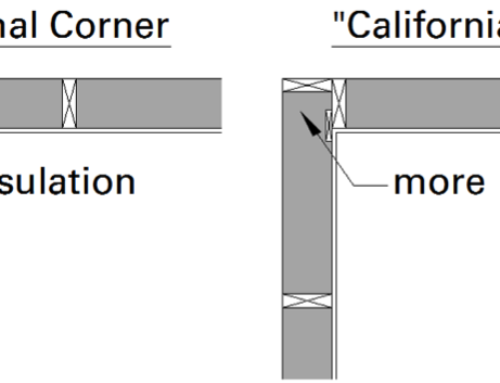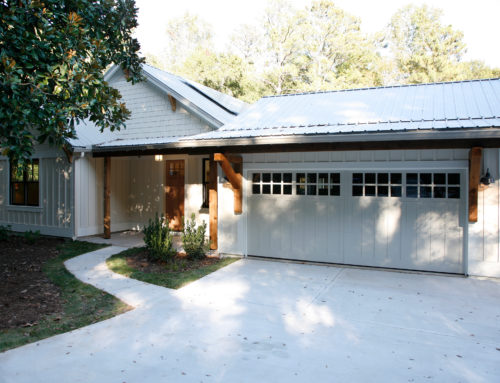With the new wave of green building for new construction and home energy improvements driven by the utility companies and or weatherization programs it has become trendy to encapsulate crawlspaces. Today I want share a recent experience we had on
an existing home. In general, encapsulating the crawlspace is a great idea but you need to be careful and understanding what your doing.
Encapsulating a crawlspace is nothing more than moving the building envelope of your home that typically is defined by where the insulation is located, usually hanging below your floor system, to the exterior foundation walls of the crawlspace, and air sealing you vapor barrier. On the specifics or recommendation on how to go about and the different technic’s, you can find many sources online, I personally recommend http://www.crawlspaces.org or my HERS provider’s website http://www.energyvanguard.com . Now, the purpose of this post is not to get into the details of how to, but things that you have to consider and adapt, if needed, when tackling a project like this. It is always a good practice that before you do any changes on your building envelope that you hire a professional such as a HERS Rater or Building Analyst, to do a full energy assessment of your home. If not, you can potentially make decisions that could put at risk the life safety of your family.
So, for the particular job we were working on, we first conducted a HERS rating on the home, and determined that we would encapsulate the crawlspace not so much for the energy performance benefit but more due to customer preference, and potentially moving the HVAC system from the attic to the crawlspace on a later date. Well, before proceeding with the work, we conducted a RADON test and found out that the home had double the allowable tolerance for radon gas. Of course, this finding completely changed our approach, and we had to decide whether to mitigate the radon by installing a perforate pipe in the crawlspace, covered by a 12 mil vapor barrier, and connecting a fan to exhaust to the exterior or not to mitigate and find other alternatives. After some cost comparison, we decided to replace the fiberglass batt insulation with open cell foam insulation in the crawlspace floor system, this action was more cost effective than the mitigation, and after everything was set and done, the Radon reading was ¼ of what is allowed. Imagine, if the test had not been done, and we would have proceeded with the encapsulation, radon will have flown freely into the home, posing great health danger to its occupants.
In conclusion, always seek professional help when making any kind of changes to the building envelope. This is just one example of many other factors that can impact the decision of encapsulating.





